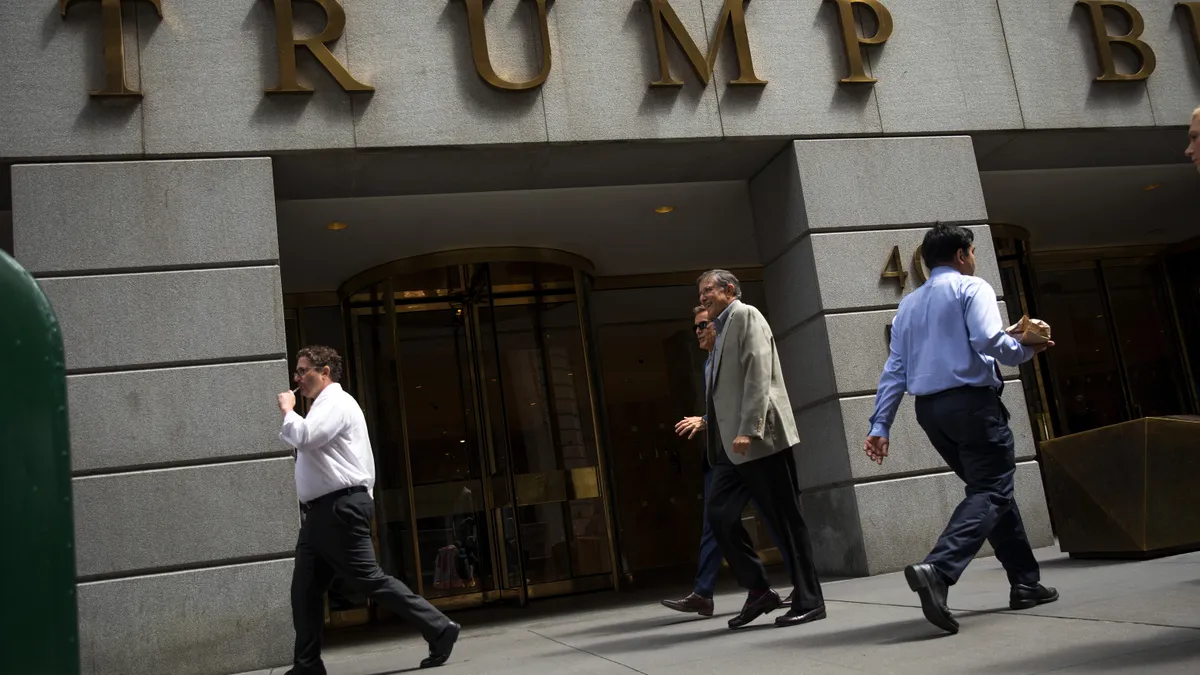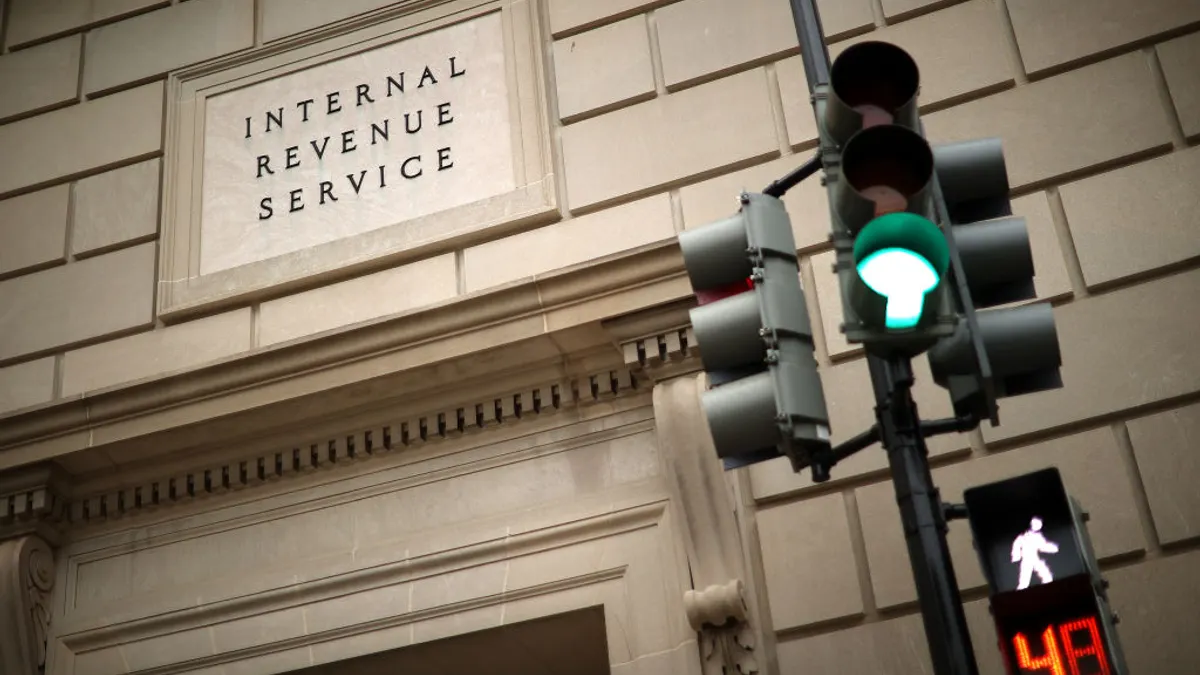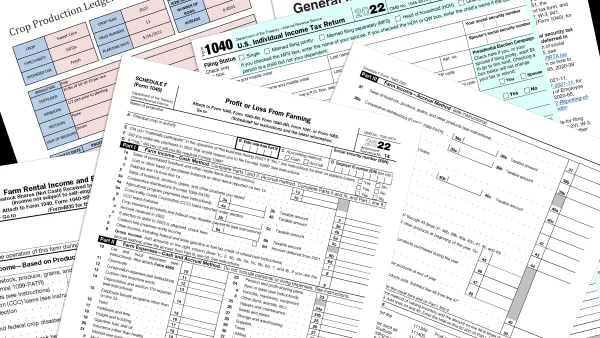Even though several claims in financial statements that the Trump Organization provided to lenders can be proved false, analysts say in a New York Times piece, charging the former president with fraud remains a steep climb because of disclaimers that make clear the claims are unaudited and don’t follow generally accepted accounting principles (GAAP).
As part of his effort to secure debt financing to buy properties and other assets, Trump provided lenders with “statements of financial condition” that were signed by his external accounting firm, Mazars USA, the Times reported.
The forms, generally around 20 pages, are summaries that the accounting firm prepared annually of Trump’s assets and liabilities, as owner and principal of the Trump Organization, and given to lenders as part of his effort to secure financing, whether for a hotel, office or a golf course.
The Washington Post, in a separate report, linked to some of the forms, showing, for example, that in 2011, Trump’s net worth was listed as $4.2 billion; in 2012, $4.5 billion; and in 2013, just over $5 billion.
Selected assets
Analysts say the forms don’t provide a reliable picture of Trump’s financial condition because in some cases they omit highly leveraged properties, including hotels in Chicago and Las Vegas that Trump has personally guaranteed, and in other cases they appear to inflate property values by, among other things, misrepresenting their size or how far along in the development process they are.
For example, the forms list Trump Tower, the organization’s signature property in New York City, at 68 stories even though it has 58 stories, and it lists a Virginia vineyard at 2,000 acres when its actual size is closer to 1,200 acres, according to the Washington Post report.
In another example, the company valued its Seven Springs estate in Westchester County, N.Y., at $261 million while local assessors say its value is $22 million. In its valuation, the Trump Organization is factoring in luxury houses that will be developed on the site, but the company has yet to submit for all of the approvals and the property remains undeveloped.
The Seven Springs property is reportedly at the center of an investigation by the New York State attorney general, Letitia James, and the Manhattan district attorney, Cyrus Vance, Jr., into whether Trump has crossed a legal line by inflating the value of his assets when he’s trying to secure financing and lowering their value when he’s trying to reduce his taxes or other liabilities.
That he changes valuations based on his goal is a claim Trump’s former personal lawyer, Michael Cohen, made when he testified before Congress a couple of years ago about potential campaign finance law violations by the Trump campaign.
“Mr. Trump inflated his total assets when it served his purposes such as trying to be listed amongst the wealthiest people in Forbes and deflated his assets to reduce his real estate taxes,” Cohen said.
That investigation is separate from charges filed against the Trump Organization and its CFO, Allen Weisselberg, earlier this year for allegedly reporting some executive compensation as operating costs to lower the executives’ income tax liability.
Potential protection
To the extent Trump has an ace in the hole protecting him against fraud charges for false claims made in his financial statements, analysts say, it would be disclaimers on the forms that make clear the numbers are unaudited estimates whose valuations don’t necessarily meet GAAP standards and that the accounting firm that signed off on them is simply reporting numbers as given.
“We have compiled the accompanying statement of financial condition of Donald J. Trump,” one disclaimer says. “We have not audited or reviewed [them] … The effects of the departures from accounting principles generally accepted in the United States … have not been determined.”
The disclaimers aren’t hard to miss. In the 2012 form, the disclaimer runs two pages long and is at the beginning of the document.
Given their prominence and broad sweep, the disclaimers will make it hard for prosecutors to mount a fraud case against Trump no matter how exaggerated his claims are about his asset valuations or how much they differ from his claims when he’s trying to lower his liabilities, analysts told the New York Times and the Washington Post.
Kyle Welch, an assistant professor of accounting at George Washington University, says the exaggerations in the financial statements are so extreme as to be humorous in some cases, but that doesn’t change the protections the disclaimers give him. In effect, Welch told the Washington Post, which reported on the forms in 2019, the accountants are saying up front that the statements are not giving a full picture of Trump’s finances.
Trump’s lawyers, a New York Times report says, “are likely to contend that these caveats absolve Mr. Trump of criminal liability.”
What’s more, the Times piece says, lenders, including Deutsche Bank, which has been Trump’s go-to lender over the years, presumably did their own due diligence for loan requests and, regardless of what the statements say, decided he was a creditworthy borrower.
“The lenders are not actually victims,” the Times piece says in a paraphrase of a likely argument of Trump’s lawyers. “His main lender, Deutsche Bank, made money in its dealings with Mr. Trump.”
No disclaimer
Where Trump might run into trouble, though, is with statements that don’t include the sweeping disclaimers.
In a “Summary of Net Worth” that Trump provided to Deutsche Bank in 2013 when he was trying to secure a loan to buy the Buffalo Bills football team, which was valued at around $1 billion at the time, the statement listed Trump’s net wealth at $8.6 billion, a big jump from his previous statements. The difference in wealth stemmed largely from the addition of the Trump brand as an asset in itself, which was valued at several billion dollars.
Deutsche Bank agreed to provide a loan, the Post reported, but it wasn’t needed; Trump was outbid for the team.
But the statement, unlike the others, was only two pages long and included no disclaimers or sign-off from the accountants. There were also hand-written amounts added in.
It’s unclear how much weight, if any, such a form would carry in any legal proceedings against Trump, but at least for this one document, as it was presented in the Post piece, there is no head’s up from accountants saying it’s not giving a full picture of Trump’s finances.




















